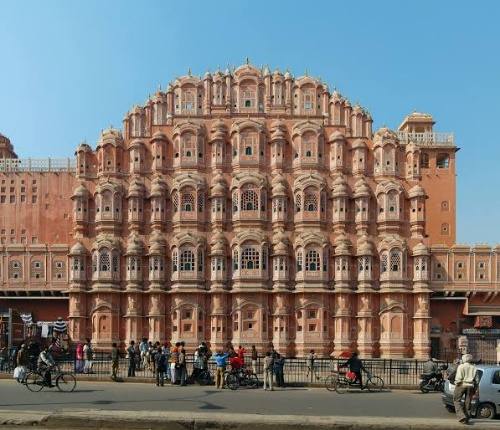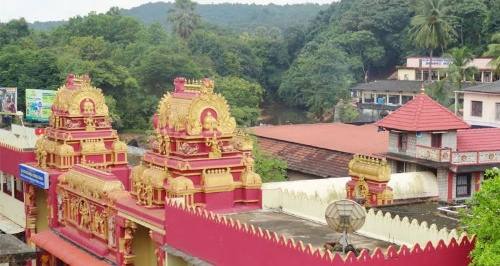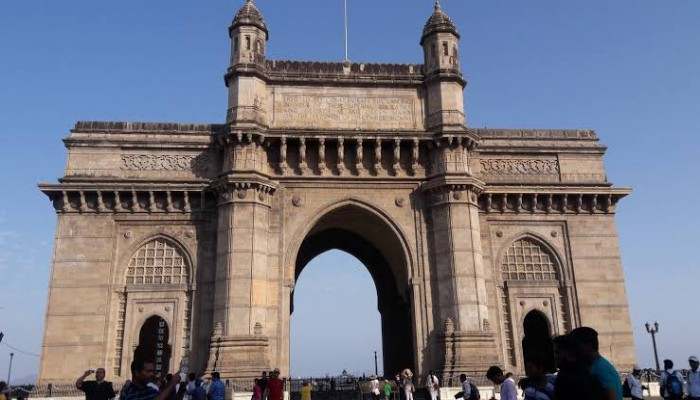In the last few years, India has gained exceptional growth in the tourism industry. It owns the status of one of the most preferred destinations for overseas and domestic travelers today. Ever wondered what could possibly be the factors responsible for the development of tourism in India in recent years? This is mainly what this article attempts to elucidate all about.
Apart from being a great source of revenue, this industry also aims to provide the tourists with an opportunity to understand and experience the cultural diversity of the country through tourism. According to the estimates of an Indian official, tourism in India has outperformed global tourism in terms of its growth, development, the volume of tourists, and even revenue.
Size of the tourism industry in India
The World Travel and Tourism Council estimated that the amount generated through tourism was worth the US $240 billion and around 9.2% of India’s GDP in 2018. It led to the generation of 42.673 million jobs, 8.1% of total employment in India in the same year. This sector is predicted to grow at an annual rate of 6.9% to the US $450 billion by 2028, thereby contributing to almost 9.9% of the Indian GDP. In 2015, India’s medical tourism sector was projected to be approximately US $3 billion, and it will probably grow to the US $7–8 billion by 2020. Almost 184,298 foreign patients travelled to India in 2014 to seek medical treatment.

The campaign of INCREDIBLE INDIA launched by the Ministry of Tourism in 2002 works for the promotion of tourism in India and is active till date.
Main factors responsible for the development of tourism in India
1. Weather and Climate factors
Being a vast country, the different parts of India experience different types of climate. This extraordinary asset in the form of varied climates has led to the promotion of tourism in the country, and it attracts more tourists.
Variations in the climate of India are caused due to five main factors:
- the large size of the country,
- tapering of the peninsular India that divides the tip of India into two oceans
- the latitudinal extent on the two sides of the country divided by Tropic of Cancer,
- the situation in the Indian Ocean and
- the role played by the Himalayas in acting as a climatic barrier between India and central Asia, thus protecting the country from extreme cold and dry winds from central Asia.
A tourist will experience different types of climate in all parts of India- from the Great Plains of North India to the snow-covered Himalayas, the peninsular plateau area to the coastal regions. Even the climatic variations exist from one state to another and from one district to another. The strong influence of the monsoons further provides underlying unity to the climatic diversity of India. The variations in climate thus serve as a great asset to engage tourists in a variety of activities during their stay in India and are among the factors responsible for development of tourism in India.
2. Landscape factors
Geology and physiography are two main bases of landscape factors. These two aspects influence the landscape of a place and determine the rocky peaks for climbing, snowy slopes for skiing, caves for sightseeing, and that’s just the beginning. The rocks exposed in regions of Deccan plateau and Ladakh further increase tourism by attracting tourists who are interested in trekking.

There is a large scope for rural tourism also in the country. Water bodies like riversides, gorges, springs, waterfalls etc. provide spectacular views to the tourists. Forest landscapes also attract a lot of tourism in India. It is for this reason that national parks, wildlife sanctuaries and biosphere reserves are used as tourist spots. Thus, the landscape is also among the factors responsible for development of tourism in India.
3. Seascape factors
Seascape also comes under the factors responsible for development of tourism in India. Coastal regions of the mainland and that of the Andaman & Nicobar Islands in Bay of Bengal and Lakshadweep in the Arabian Sea is another major cause of tourist attraction in the country. Sandy beaches, lagoons, caves, reefs, seaside cliffs etc. are all hot spots of tourism. Sunbathes, swimming, boating and surfing are some of the fun activities performed by tourists in these regions.
4. Historical and Cultural factors
An increasing number of people visit India, especially to learn about its historical or cultural associations with the ancient past. They visit the places where art festivals, music festivals, theatre and other cultural events of importance took place. Curiosity has always been one of the major factors responsible for development of tourism in India.
There has always been a curiosity in humans about foreign lands, their people and different places. In the present technologically developed world, the mass media has made it possible for everyone to read, see and hear about different places.

Related: UNESCO World Heritage sites in India
The increasing interest was shown by many in the field of architecture, act, music, literature, folklore, paintings, other people’s culture, archaeological and historical remains is nothing but yet another aspect of people’s curiosity to seek more knowledge.
This curiosity has been encouraged by pore education. International events, national celebrations, exhibitions, special festivals etc. also attract thousands of tourists each year.
5. Ethnic and Family factors
This factor represents the desire of people to visit one’s relatives and friends or to meet new people to seek new friendships. A large number of people travel to India for interpersonal reasons. This is among yet other factors responsible for development of tourism in India with each passing year.
A large number of NRIs visit India in order to see their families or when they feel like visiting their homeland. Thousands of people even visit for ethnic reasons.
6. Spiritual and Religious factors
Visiting religious places has always been one of the motivators for people to travel. A large number of people make pilgrimages to religious and holy places every year.

Since India is a culturally diverse country, many religious places exist in the country. There are many pilgrimage centres and holy places of different religions that tourists come to visit from all over the world. Therefore, it will be righteous to consider this point under the factors responsible for development of tourism in India as well.
Conclusion
Tourism plays a significant role in the economic multiplier and leads to economic growth in a country. If it continues to grow at rapid rates, it can even help in tackling the unemployment and other problems of an economy.
Realising the potential of the tourism industry, the Indian government has taken several steps to make their homeland a global tourism hub. This is the reason why it has increased the allotted amount for development of tourism in many states and is planning to further expand the industry in the future.

This article helped me a lot in my school project work.Topic-Tourism in India.
Thanks..
Same for me
Thanks
Sayantan Chowdhury can you help me
The article had helped me with my project
these factors helped me so much t complete my record thankyou
The article really helped me in my project but the topics could be in a little more detail.
not me
ananya
I did not found my question that I ask
but its helpfull
express some more on the conclusion